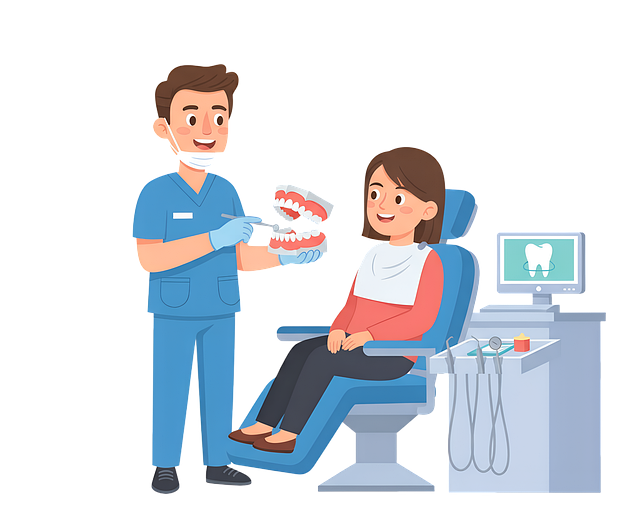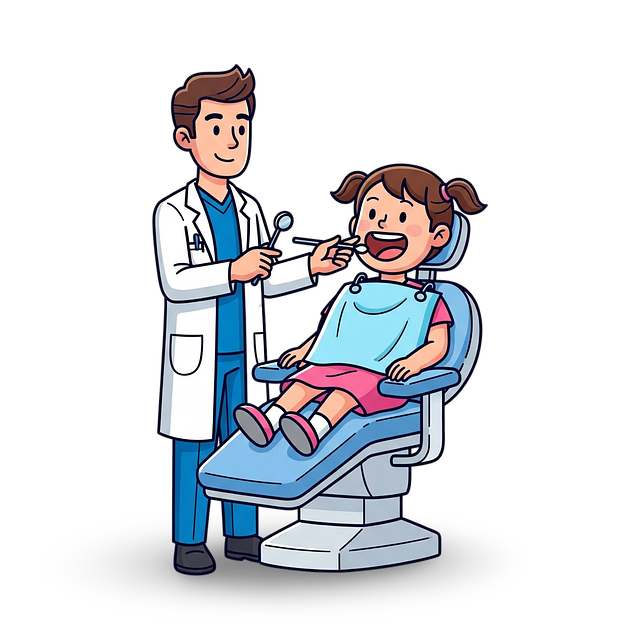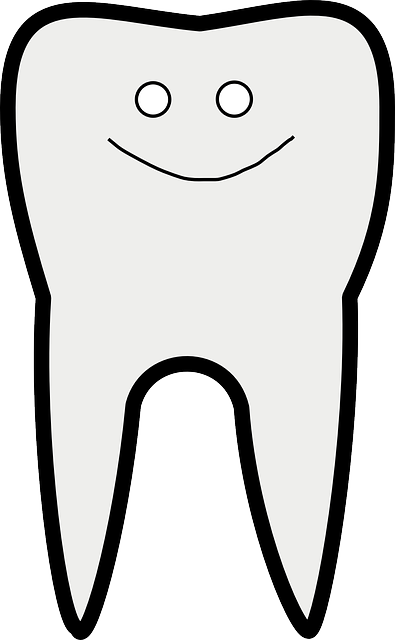Routine dental checkups are key to cavity prevention. Sealants, protective coatings applied during checkups, shield teeth from bacteria and food debris. Eugene Oregon dentists increasingly offer sealant treatments for children and adults prone to cavities, reducing future procedure costs. Proactive measures like regular checkups, proper brushing, flossing, and a sugar-balanced diet promote optimal oral health for all ages.
“In Eugene, Oregon, maintaining optimal oral health is paramount, especially when it comes to cavity prevention. This article explores effective strategies to safeguard your smile during routine dental checkups. We delve into the significance of understanding cavity prevention and how dental practices incorporate sealants as a game-changer in Eugene’s oral care landscape. By examining various techniques for both children and adults, readers will gain insights into ensuring a healthy mouth, starting with proactive measures during dental checkups.”
- Understanding Cavity Prevention During Dental Checkups
- The Role of Sealants in Eugene Oregon Dental Practices
- Effective Cavity Prevention Strategies for Children and Adults
Understanding Cavity Prevention During Dental Checkups

During a routine dental checkup, understanding cavity prevention is key. Dentists will thoroughly examine your teeth and gums for any signs of tooth decay or early-stage cavities. This involves using specialized tools to inspect hard-to-reach areas and taking x-rays to get a comprehensive view of your oral health. By identifying potential issues early, dental professionals can provide tailored solutions, including the application of sealants.
Sealants are protective coatings applied to the chewing surfaces of back teeth (molars) to prevent cavities. During a dental checkup, these barriers can be applied as a preventive measure, especially for children and individuals prone to tooth decay. Regular dental checkups play a vital role in monitoring oral health, allowing for prompt intervention and the use of effective cavity prevention methods like sealants.
The Role of Sealants in Eugene Oregon Dental Practices

In the realm of oral health, especially during a routine dental checkup, sealants play a pivotal role in cavity prevention. These protective coatings are applied to the chewing surfaces of back teeth (molars and premolars) to safeguard against tooth decay. Sealants act as a physical barrier, preventing food particles and bacteria from settling into tiny crevices where toothbrushes cannot reach. This is particularly beneficial for children, but adults too can benefit from sealant application, especially those with a history of frequent cavities.
Eugene Oregon dental practices increasingly recognize the value of sealants as part of comprehensive oral care. By offering sealant treatments during dental checkups, these practices not only mitigate the risk of cavities but also promote good oral hygiene habits. Early intervention through sealants can significantly reduce the need for more extensive and costly dental procedures in the future, making them a smart choice for both patients and practitioners alike.
Effective Cavity Prevention Strategies for Children and Adults

Cavities are a common dental issue that can affect both children and adults, but effective prevention strategies can help maintain healthy teeth. For children, regular dental checkups are crucial to early detection and treatment. Dentists can apply sealants to protect vulnerable areas like pits and fissures, where plaque and bacteria tend to accumulate. Education on proper brushing techniques and a balanced diet low in sugar are also key components of cavity prevention for kids.
Adults can prevent cavities through consistent oral hygiene practices, including daily brushing and flossing. Regular dental checkups allow for professional cleaning and the detection of early signs of tooth decay. Additionally, adults should consider the use of fluoride, either through toothpaste or topical applications during their dental visit, to strengthen tooth enamel and ward off cavities.






